40 label the types of plasma membrane proteins
16.4: How Membrane Proteins are Held in Membranes Transmembrane proteins can in fact cross a membrane more than once, which also determines the location of its N- and C-termini. N-terminal end of a plasma membrane polypeptide always ends up exposed to the outside of the cell. The alpha helical domains that anchor proteins in membranes are mostly non-polar and hydrophobic themselves. Cell-Type-Specific Intracellular Protein Delivery with Inactivated ... The ability to deliver proteins and peptides across the plasma membrane into the cytosol of living mammalian cells would be highly impactful for both basic science and medicine. Natural cell-penetrating protein toxins have shown promise as protein delivery platforms, but existing approaches are limited by immunogenicity, lack of cell-type-specificity, or their multi-component nature. Here we ...
Solved D eztomhed tpx 181 points Label the types of plasma - Chegg Membrane protein are of 2 types A. Integral membrane protein - they are perma … View the full answer Transcribed image text: D eztomhed tpx 181 points Label the types of plasma membrane proteins Integral membrane protein Glycoprotern Membrane channel protein Membrane channel pore Peripheral membrane Type here to search

Label the types of plasma membrane proteins
Plasma membrane and cytoplasm (article) | Khan Academy The plasma membrane is the border between the interior and exterior of a cell. As such, it controls passage of various molecules—including sugars, amino acids, ions, and water—into and out of the cell. How easily these molecules can cross the membrane depends on their size and polarity. Cell membrane | Definition, Function, & Structure | Britannica cell membrane, also called plasma membrane, thin membrane that surrounds every living cell, delimiting the cell from the environment around it. Enclosed by this cell membrane (also known as the plasma membrane) are the cell's constituents, often large, water-soluble, highly charged molecules such as proteins, nucleic acids, carbohydrates, and substances involved in cellular metabolism ... 2.6: Membrane Proteins - Biology LibreTexts Many of the proteins in the plasma membrane assist other substances in crossing the membrane. The plasma membranes also contain certain types of proteins. A membrane protein is a protein molecule that is attached to, or associated with, the membrane of a cell or an organelle. Membrane proteins can be put into two groups based on how the protein ...
Label the types of plasma membrane proteins. Labeling the Cell Flashcards | Quizlet membrane bound organelles golgi apparatus, mitochondrion, lysosome, peroxisome, rough endoplasmic reticulum nonmembrane bound organelles ribosomes, centrosome, proteasomes cytoskeleton includes microfilaments, intermediate filaments, microtubules Identify the highlighted structures Structures and functions of membrane carbohydrates -glycocalyx Plasma Membrane - Definition, Structure, Functions - Biology Dictionary The plasma membrane of a cell is a network of lipids and proteins that forms the boundary between a cell's contents and the outside of the cell. It is also simply called the cell membrane. The main function of the plasma membrane is to protect the cell from its surrounding environment. APR 2 Flashcards | Quizlet Label the types of plasma membrane proteins. 1. Integral membrane protein 2. Glycoprotein 3. Membrane channel protein 4. membrane channel pore 5. Peripheral membrane protein Label the plasma membrane. 1. Glycocalyx 2. Outer leaflet 3. Inner leaflet 4. Lipid bilayer Label the transmission electron micrograph of the cilium. 1. Cilium 2. Microvillus 3.4 The Cell Membrane - Concepts of Biology | OpenStax A cell's plasma membrane defines the boundary of the cell and determines the nature of its contact with the environment. Cells exclude some substances, take in others, and excrete still others, all in controlled quantities. Plasma membranes enclose the borders of cells, but rather than being a static bag, they are dynamic and constantly in flux.
What types of proteins are found in the plasma membrane? There are three ways proteins can associate with the plasma membrane: intrinsic/integral membrane proteins that are embedded in the hydrophobic region of the lipid bilayer, transmembrane proteins that span across the membrane, which can cross the membrane once (single-pass), or multiple times (multi-pass), and extrinsic or peripheral membrane … High efficiency preparation of monodisperse plasma membrane derived ... The top 50 abundant proteins of one nPMV type make up >50% of the total protein mass detected in its proteome. ... and extracellular exosomes confirming a pronounced plasma membrane protein ... Plasma Membrane (Cell Membrane) - Genome.gov Those proteins can be glycoprotein, meaning there's a sugar and a protein moiety, or they could be lipid proteins, meaning there's a fat and a protein. And those proteins which stick outside of the plasma membrane will allow for one cell to interact with another cell. The cell membrane also provides some structural support for a cell. The cell membrane - Transport across membranes - BBC Bitesize The type of transport proteins present in a cell membrane determines which substances the membrane is permeable to. CO2 molecules pass directly through phospholipids. Glucose molecules travel ...
Structure of the plasma membrane (article) | Khan Academy The principal components of the plasma membrane are lipids (phospholipids and cholesterol), proteins, and carbohydrate groups that are attached to some of the lipids and proteins. A phospholipid is a lipid made of glycerol, two fatty acid tails, and a phosphate-linked head group. 2.6: Membrane Proteins - Biology LibreTexts Many of the proteins in the plasma membrane assist other substances in crossing the membrane. The plasma membranes also contain certain types of proteins. A membrane protein is a protein molecule that is attached to, or associated with, the membrane of a cell or an organelle. Membrane proteins can be put into two groups based on how the protein ... Cell membrane | Definition, Function, & Structure | Britannica cell membrane, also called plasma membrane, thin membrane that surrounds every living cell, delimiting the cell from the environment around it. Enclosed by this cell membrane (also known as the plasma membrane) are the cell's constituents, often large, water-soluble, highly charged molecules such as proteins, nucleic acids, carbohydrates, and substances involved in cellular metabolism ... Plasma membrane and cytoplasm (article) | Khan Academy The plasma membrane is the border between the interior and exterior of a cell. As such, it controls passage of various molecules—including sugars, amino acids, ions, and water—into and out of the cell. How easily these molecules can cross the membrane depends on their size and polarity.
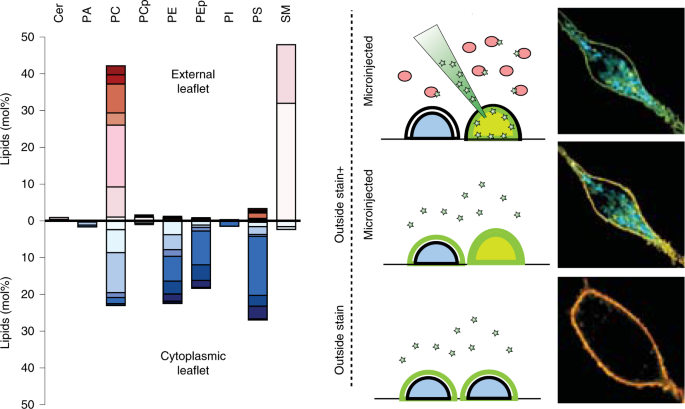



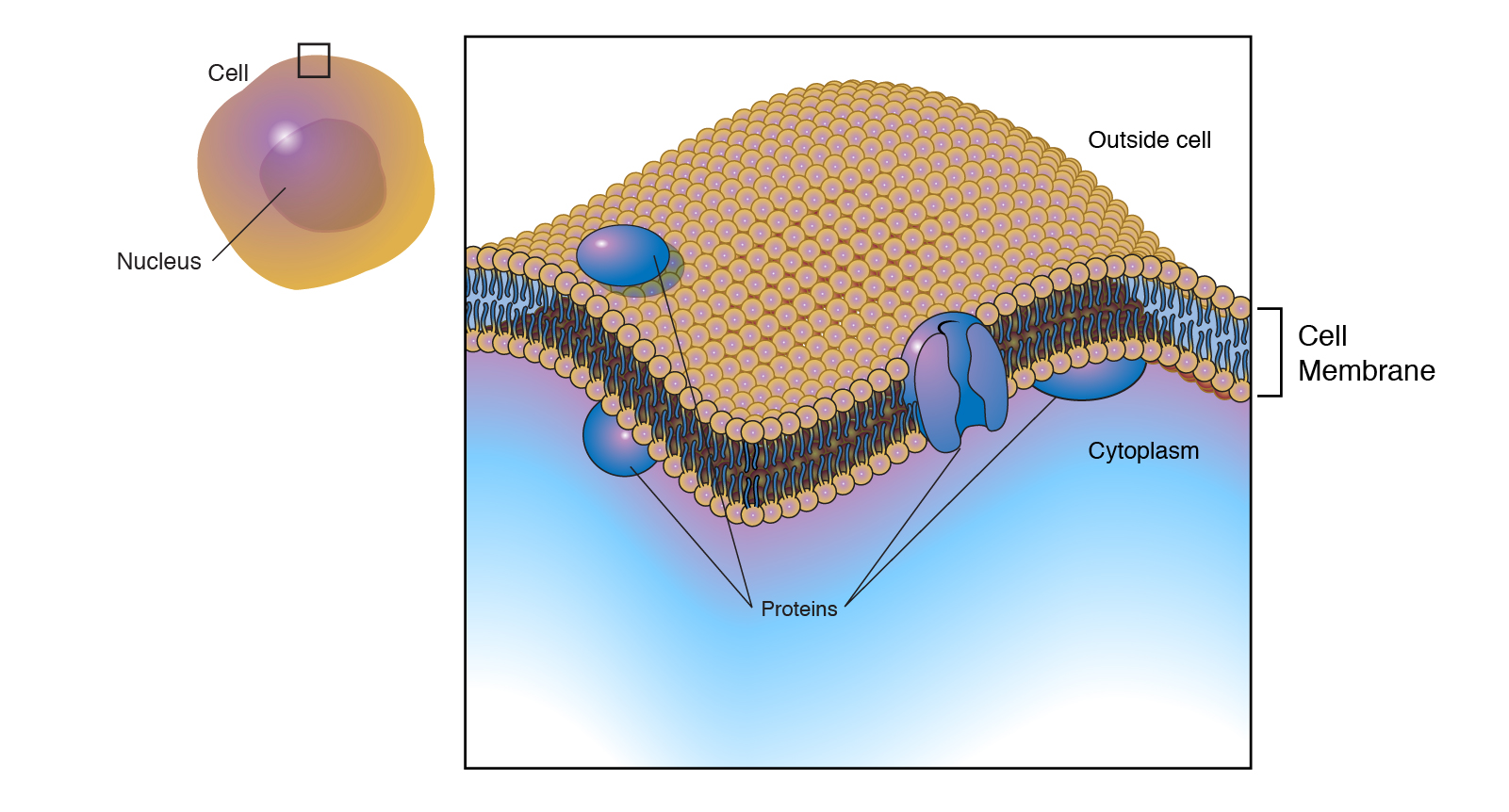




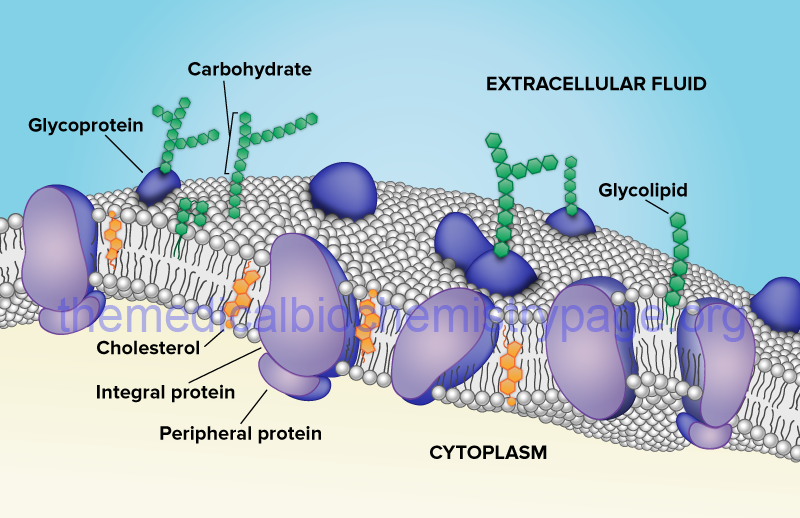

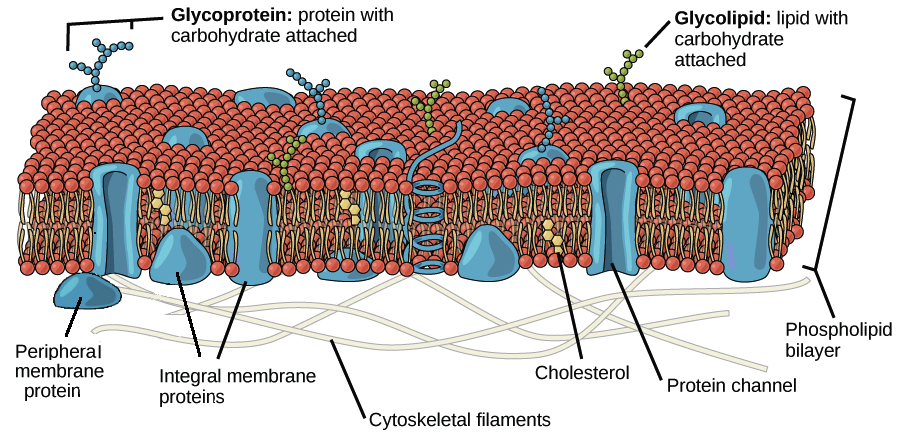

:max_bytes(150000):strip_icc()/cell-membrane-373364_final-5b5f300546e0fb008271ce52.png)
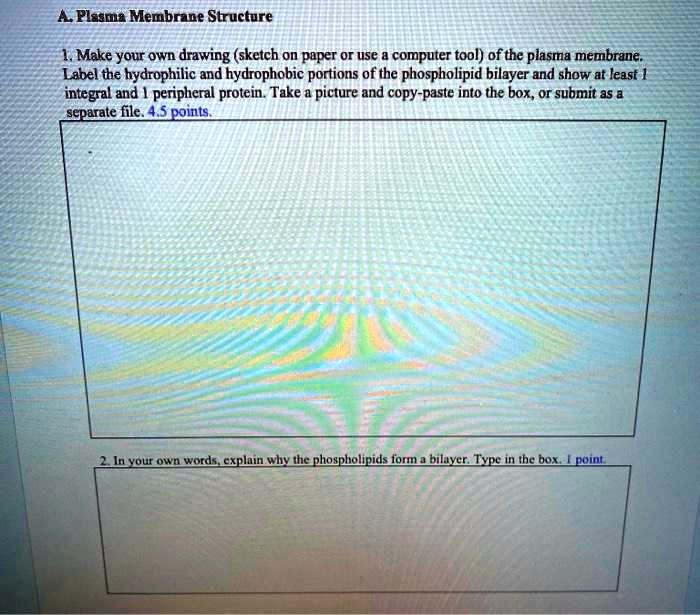
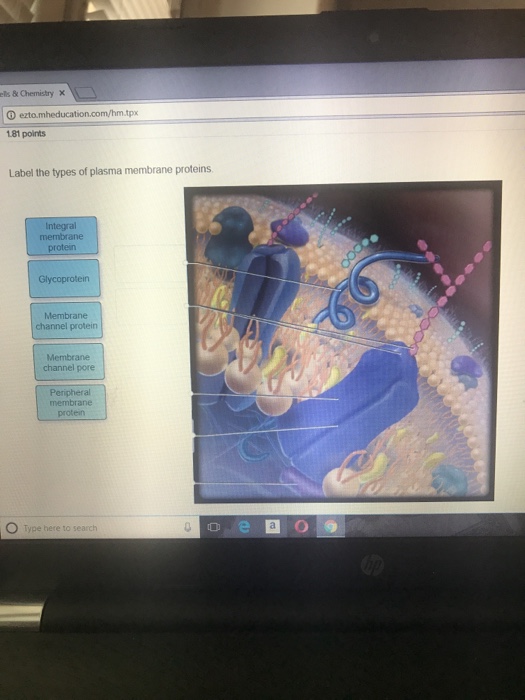
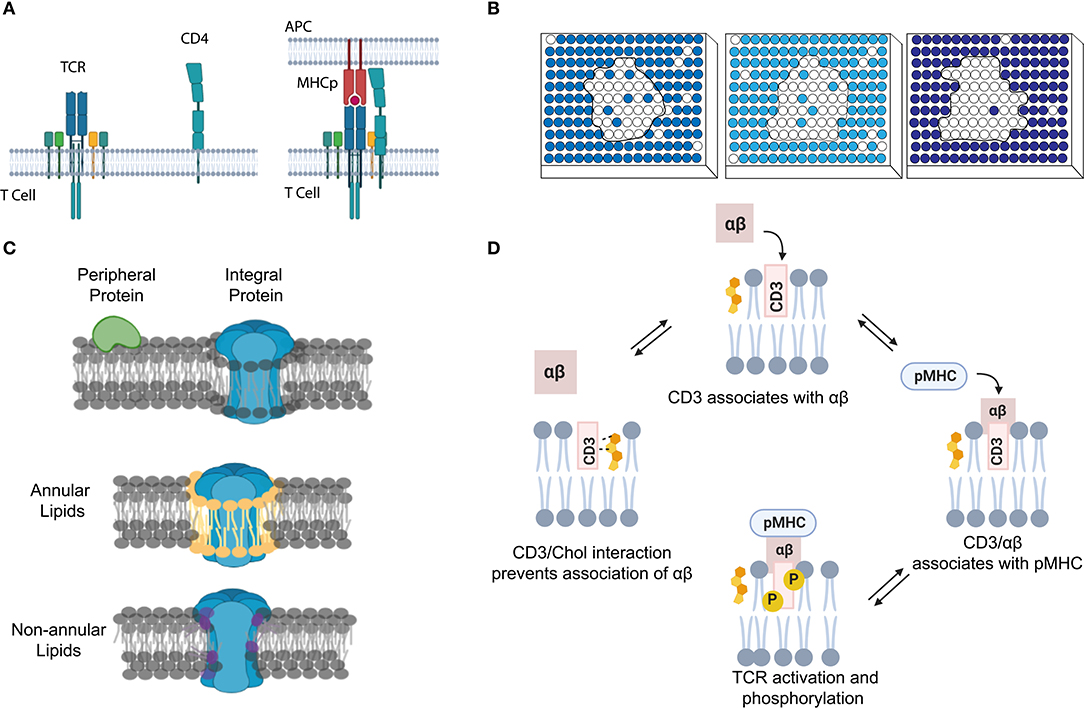
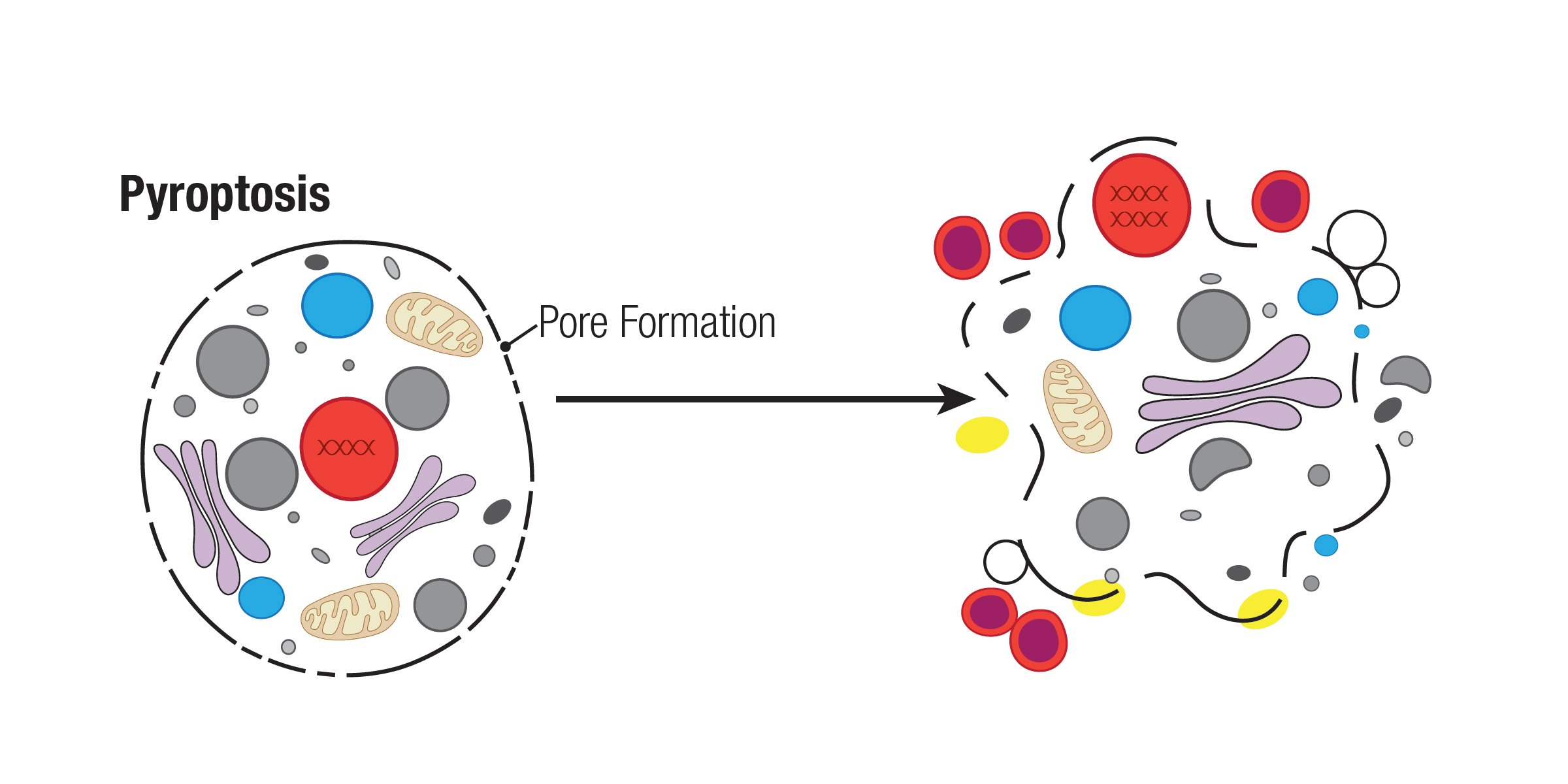
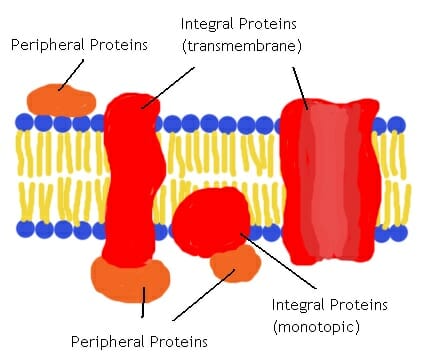

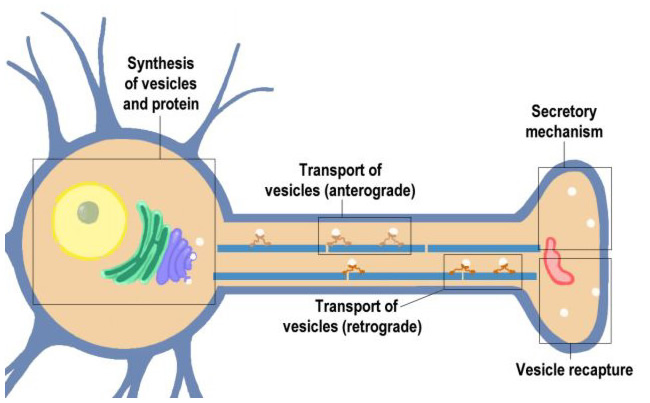

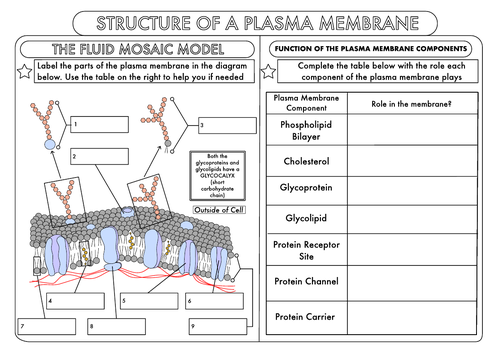



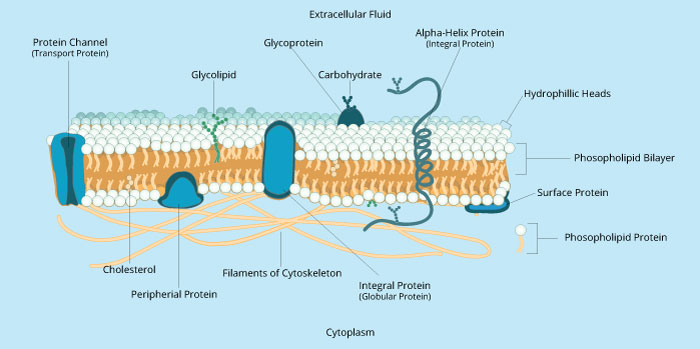


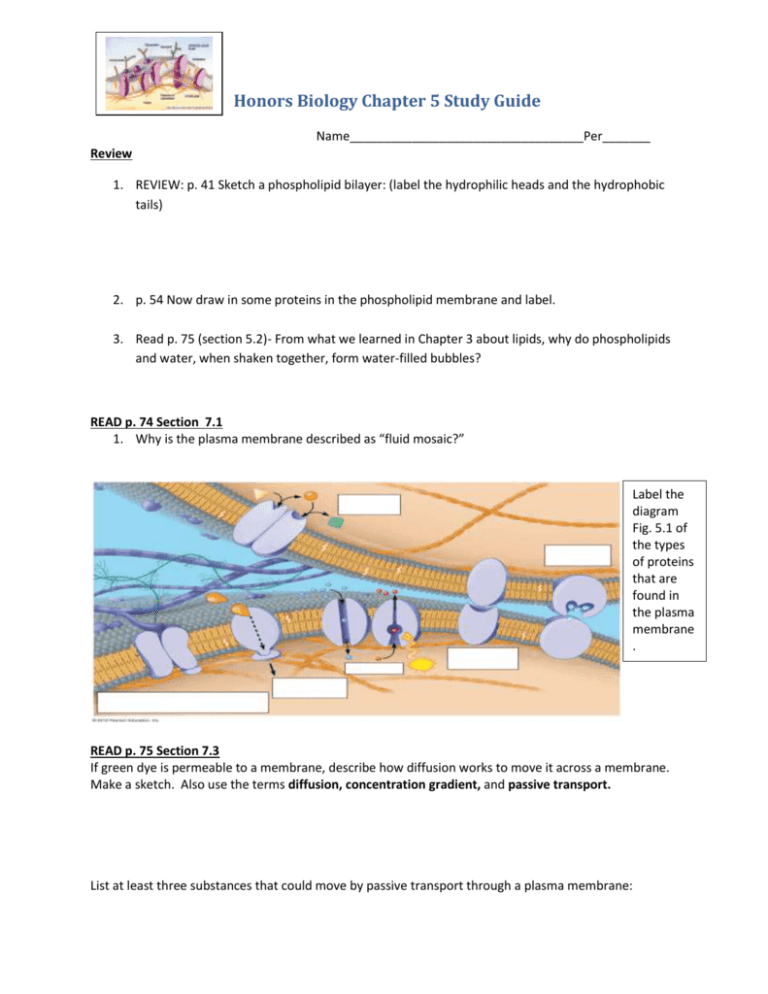
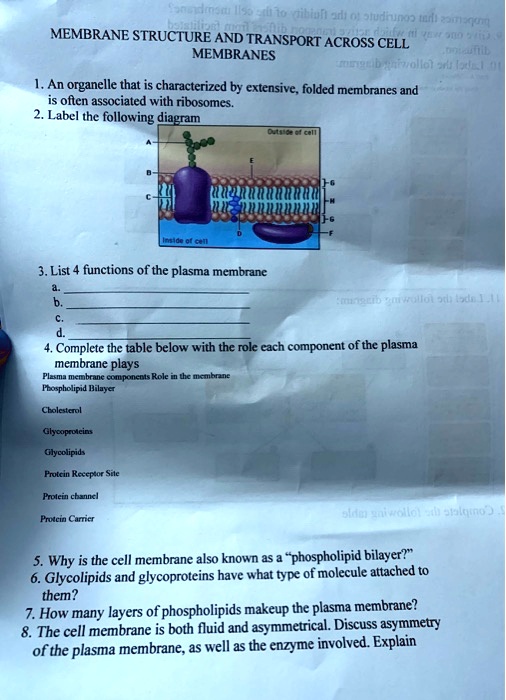
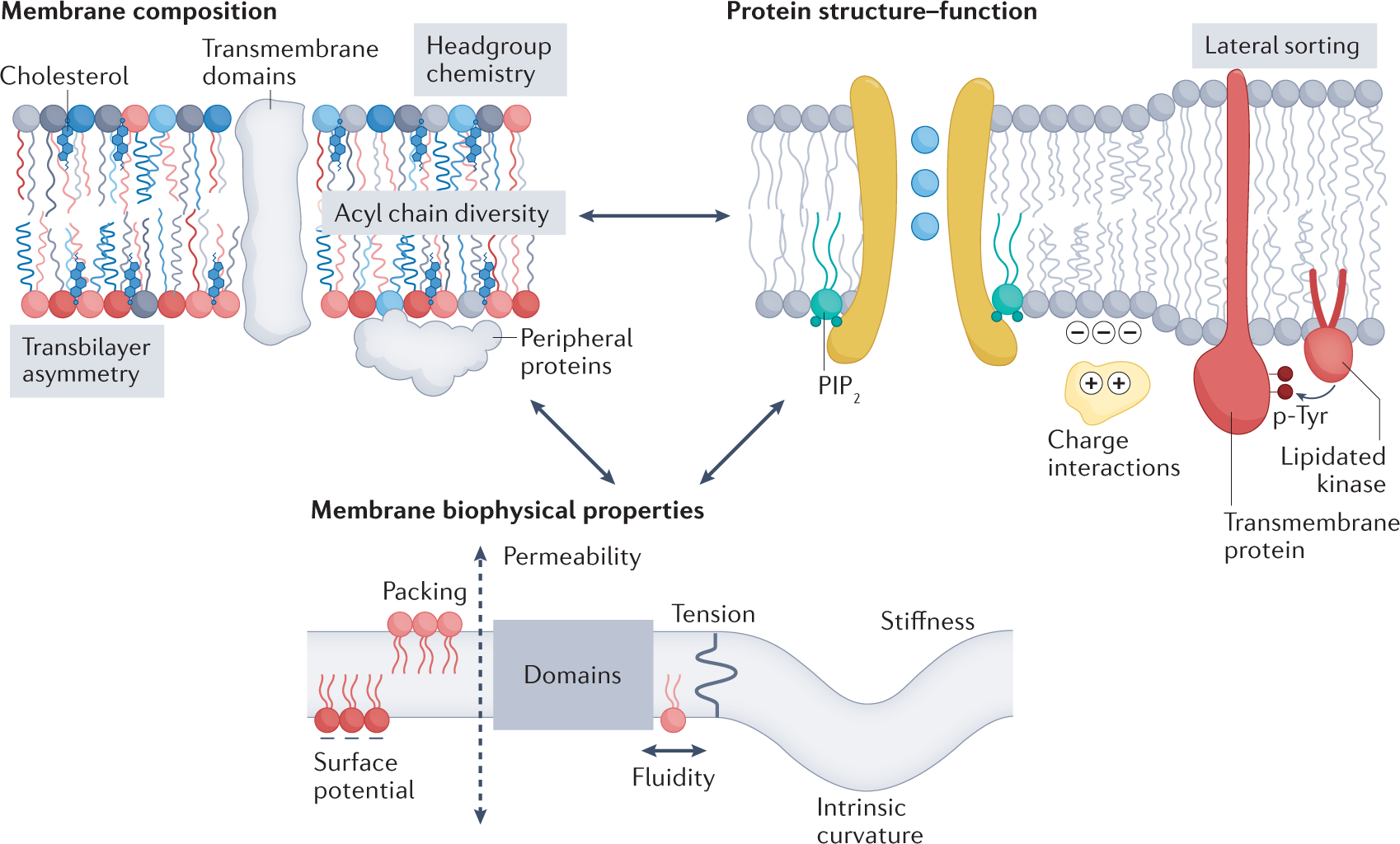
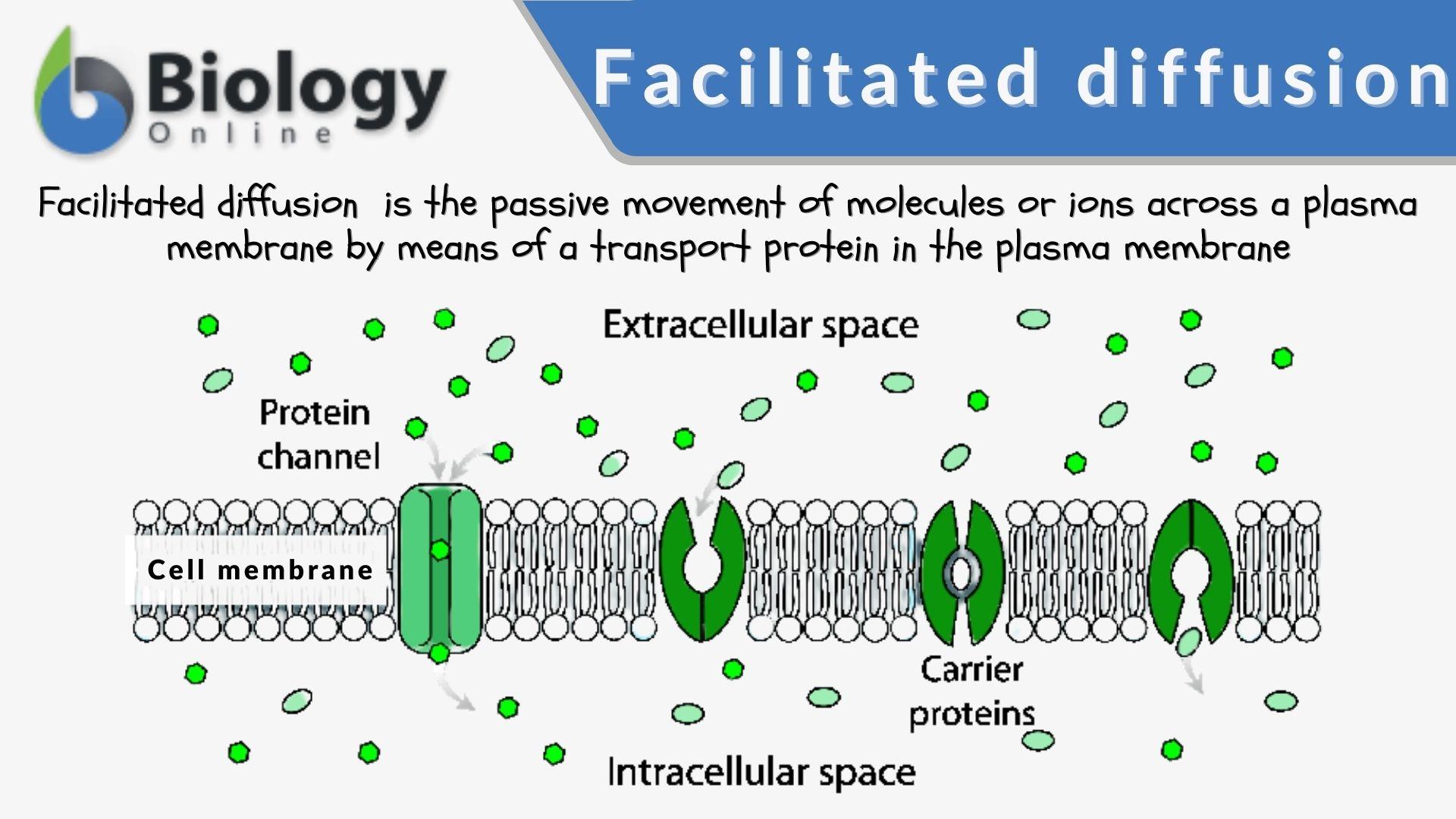
:background_color(FFFFFF):format(jpeg)/images/library/14571/Cell_Membrane_V2-.png)

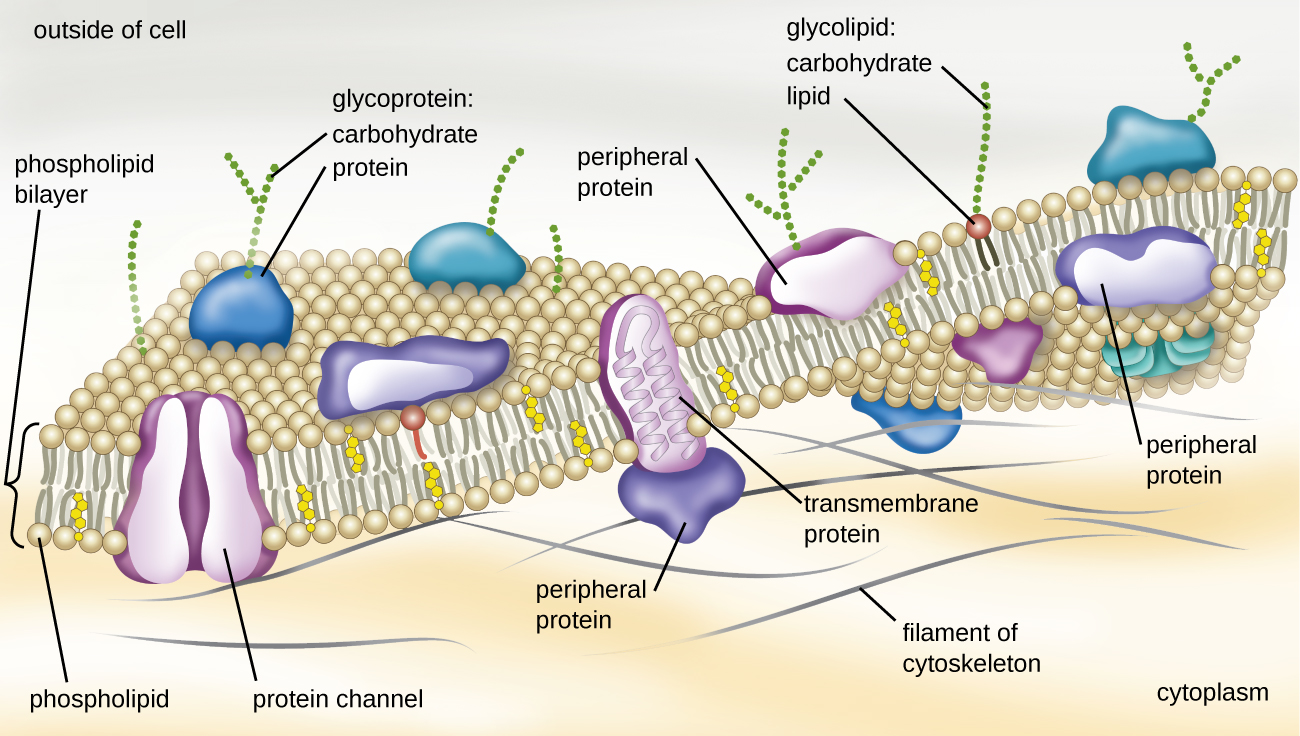


Komentar
Posting Komentar